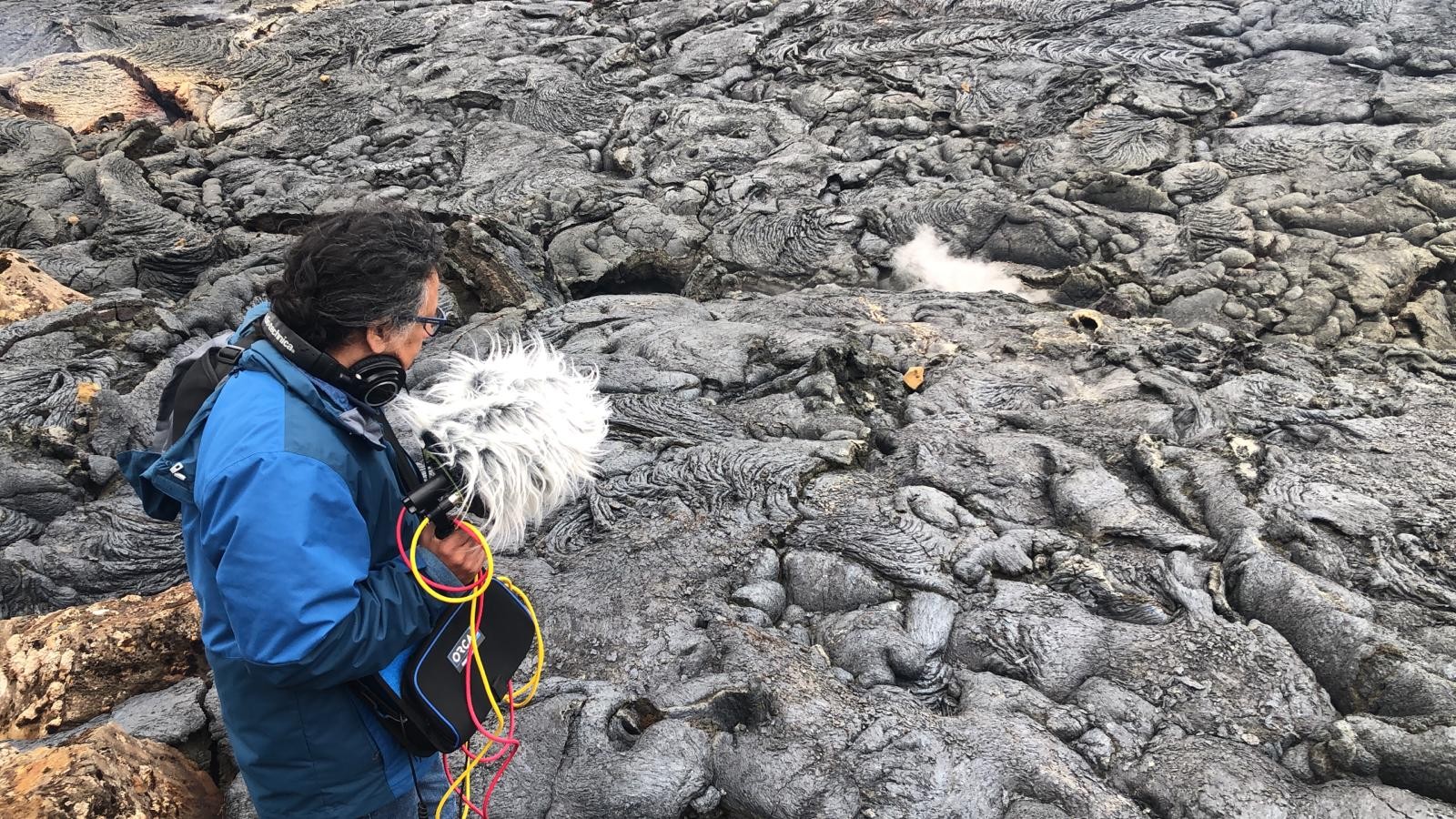Alright – so today we’ve got the honor of introducing you to Alvaro Diaz-Rodriguez. We think you’ll enjoy our conversation, we’ve shared it below.
Alright, Alvaro thanks for taking the time to share your stories and insights with us today. Have you been able to earn a full-time living from your creative work? If so, can you walk us through your journey and how you made it happen? Was it like that from day one? If not, what were some of the major steps and milestones and do you think you could have sped up the process somehow knowing what you know now?
Fortunately, yes; When I was young I had the support of my family, but as soon as I started to be in the professional environment I always had a job, either through Grants or through my work as an academic and sound artist.
I think I have been very lucky, from the beginning I had very good teachers, and I focused on being in the contemporary art movement; Another important step is that I have had the opportunity to travel a lot with my work, that has been a trigger, since I have become known in other countries and most importantly, I have known other ways of seeing and listening to the world.
Music and sound have made me understand the world in a different way, to be more open, always sharing my work, I think that has helped my process as an artist.



As always, we appreciate you sharing your insights and we’ve got a few more questions for you, but before we get to all of that can you take a minute to introduce yourself and give our readers some of your back background and context?
I started to study music thanks to my maternal grandmother, she took me to classes as a child; from there I discovered that music was something very important in my daily life. I mainly focused on contemporary concert music playing oboe. Years later I began directing the Contemporary Music Ensemble at the Autonomous University of Baja California, where I have been a full-time professor and researcher for 22 years.
I did a PhD in Musicology at the Catholic University of Argentina, researching the influence of Cyberculture on music; after spending a lot of time in music and internet relationships, I decided to get out of the subject and start researching the soundscape, as a way to preserve the sound historical memory of people and their communities; Thus, I began to dedicate myself to field recordings, I made a sound map for apps, together with a colleague Cristian Bañuelos, where you can take sound samples of the places, and have them saved on a map, so that you can consult them later [www. projectsonvi.com]
From then on I have dedicated myself to field recordings, and working with them, both for research on the identification of social behaviors through sound; I am currently investigating the sounds of migrant camps and centers in Tijuana, as well as soundscapes on the border of Tijuana and San Diego.
On the other hand, in recent years I have developed artistically as a sound artist, making sound installations, radio art and performances with the sounds I have recorded over the years. Among my main achievements is that my recorded sounds have been reproduced in much of the world in museums and galleries; I have been the winner of the Sound of The Year Awards 2021, for a recording about the Xantolo (Day of the Dead) festivities made in the Sierra de Axtla de Terrazas in San Luis Potosí, Mexico; and I have received the Special Mention in the 60 Seconds Radio contest in Canada; Ecos Sonoros Award, by the Ministry of Culture of Mexico, as well as other awards and grants.
We have created projects to sensitize children such as the Mexican Sonora Lottery, which is a sound identification game similar to a Lotto [www.loteriasonoramexicana.com.mx/english]; and worked on the recording of wetlands in the Ensenada region, and the recording of the Gray whale to make people aware of its importance in our ecosystem.
I think what makes me most proud is that my recordings have made people have a different perception of life, that they listen to the world with other ears, that they realize that there is a world beyond what is seen daily.



Is there mission driving your creative journey?
I firmly believe that if the world learned to listen, we would have a much more equal world. The sound manages to have a much broader capture of the moment than the image, so in my work I try to link the soundscape, with the social contexts of its inhabitants, to create a portrait of society through sound.
My goal will always be to create a reflection of what happens in our environment, what sometimes we do not want to see, as in the case of migrants, through listening to create an awareness of that other reality.



What do you find most rewarding about being a creative?
The most rewarding aspect is being able to share my vision; I believe that art should be a mechanism to improve this world; so the artist has to be open, free and respectful of his environment. That’s what being an artist has taught me.
Being an artist has taken me to see many places, to exchange ideas with colleagues and people who live day to day; to listen to the sounds that sometimes cry out to be taken into account, and that have taken more people.
Thanks to art I have managed to find a way, get to know the world and get feedback from the experiences of others.
Contact Info:
- Website: https://diazalvaro.art/
- Instagram: @diazalvaro
- Facebook: https://www.facebook.com/alvarodiazrodriguez
- Twitter: @diazalvaro1973
- Youtube: https://www.youtube.com/diazalvaro
- Other: Soundcloud: diazalvaro Bandcamp: https://diazalvaro.bandcamp.com/
Image Credits
Teresa Díaz de Cossio Javier Lara (performance in laptop, images 5 and 6) Christian Amaya (Migrants camps photos, images 8 and 9)


